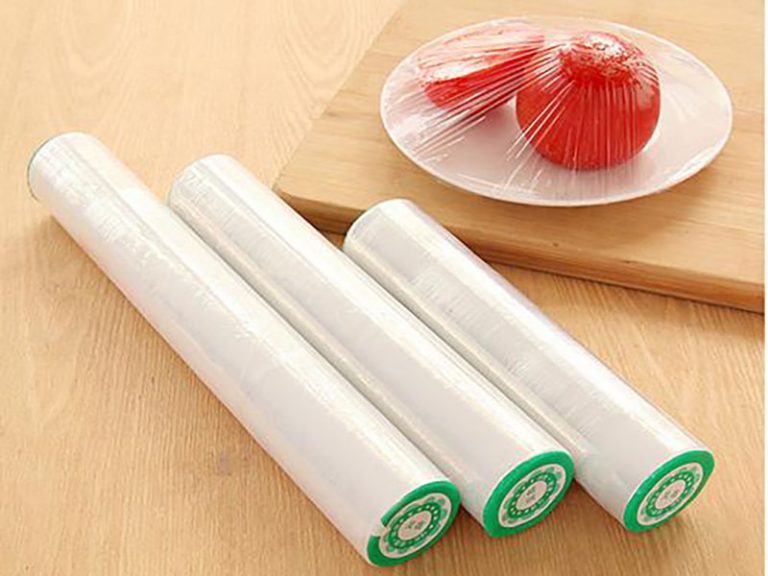The role of shrink packaging
Shrink packaging is a packaging technique that wraps articles (or inner packaging) with shrink film, and then applies appropriate heat treatment to the film to shrink the film and close to the article (or inner packaging).
Shrink packaging features
① Shrink packaging can pack special-shaped products that are difficult to pack by general methods, such as vegetables, fruits, fish, etc.
②The film itself has cushioning and toughness, which can prevent damage to the product due to vibration and impact during transportation.
③The shrink film of shrink packaging is generally transparent. After heat shrinking, it will adhere to the product and show the appearance of the product. Because the shrinkage is more uniform. And the material has a certain degree of toughness, and the edges and corners are not easy to tear.
④ It has good sealing, moisture-proof, anti-fouling and anti-rust effects, which is convenient for open-air storage and saves warehouse space.
⑤ It is possible to pack a variety of scattered products together conveniently, and sometimes the packaging box can be omitted with the help of shallow trays.
⑥The packaging technology and equipment are simple, universal, easy to realize mechanization, saving manpower and packaging costs, and can partially replace corrugated boxes and wooden boxes.
⑦The on-site shrink packaging method can be used to pack bulky products, such as racing boats and cars, etc. The process and equipment are very simple.
⑧Can extend the preservation period of food and facilitate storage.

Shrink packaging materials
Shrink film is a polyethylene film that has undergone special stretching and cooling treatments.
Because the film produces residual shrinkage stress during directional stretching, this stress will be eliminated after a certain amount of heat, so that it will shrink sharply in both the horizontal and vertical directions.
At the same time, the thickness of the film is increased, and the shrinkage rate is usually 30% to 70% hold.
The degradable film not only has the functions and characteristics of traditional plastics, but also can split and degrade in the natural
environment through the action of microorganisms in the soil and water or the action of ultraviolet rays in the sun after its service life, and finally re-enter the ecology in a reduced form In the environment, return to nature.
The domestically developed varieties have covered photodegradation, photobiodegradation, and photooxidation biological degradation.
Solution, high starch content type biodegradation, high calcium carbonate filling type photo-oxidation degradation, total biodegradation, etc. Among the most commonly used are edible films and water-soluble films.
